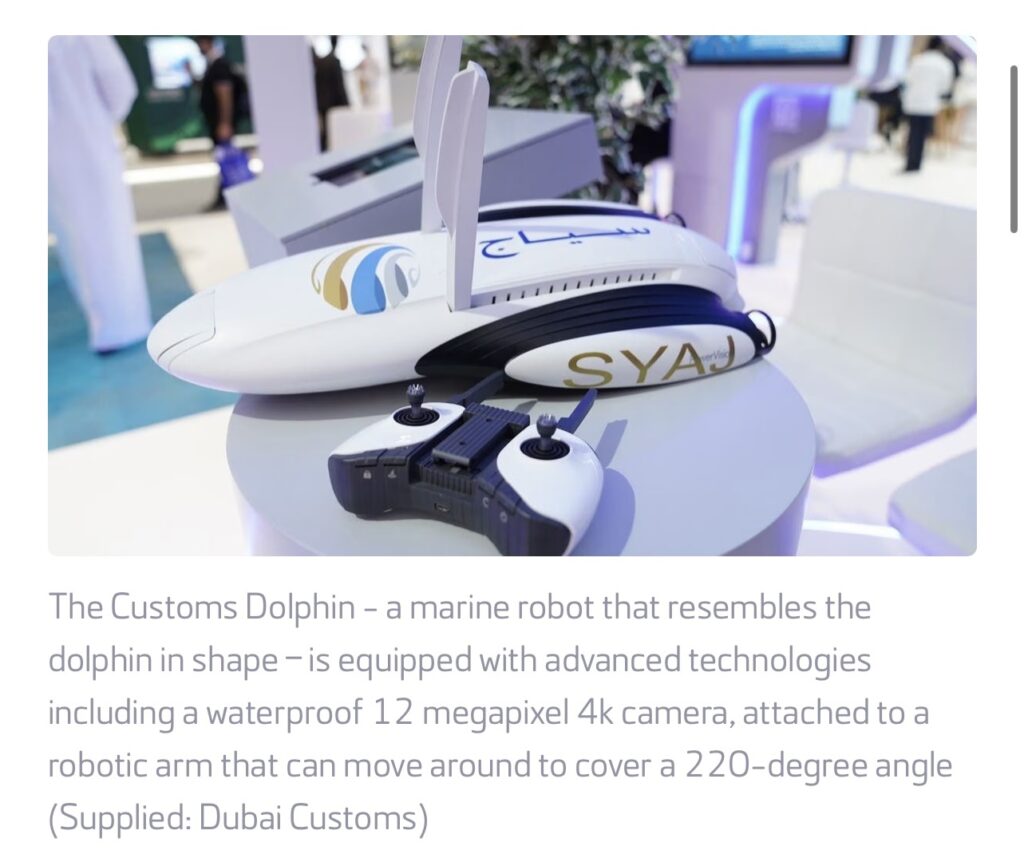It has been over ten years since the first World Happiness Report was published. And it is exactly ten years since the United Nations General Assembly adopted Resolution 66/281, proclaiming 20 March to be observed annually as International Day of Happiness.
This year my country, Sweden, is number six on the list, with three other Scandinavian countries ahead of us, which tells me that we are doing welln up North, despite the cold temperatures and the overall weather. Reading the results of the report, living in Sweden and working in Denmark should make me a happy person.
Since then, more and more people have come to believe that our success as countries should be judged by the happiness of our people. There is also a growing consensus about how happiness should be measured. This consensus means that national happiness can now become an operational objective for governments.
The country rankings in Figure below show life evaluations (answers to the Cantril ladder question) for each country, averaged over the years 2020-2022.

You can read the report here: World Happiness Report 2023
From floating drones, underwater robots, predictive AI and an expansion in the Metaverse – Dubai Customs is embracing innovation as it steps up its mission to safeguard the UAE’s borders.
From the threat of smugglers to illegal trade, the Gulf city’s border control authority is using highly innovative technology to thwart criminal activity, while also making investments to streamline the shipment of goods coming in and out of the country.

Khalid al-Zarooni, head of innovation at Dubai Customs, said: “Innovation is a huge part of our mission at Dubai Customs to protect our society, to facilitate trade and to enhance the economy.”
“Innovation is one of our major values, along with of course, compliance and facilitation.”
A lot of the ideas, he said, has come from submissions made by employees within Dubai Customs.
“One of our strongest points in Dubai Customs is the culture that we’ve built here; the culture of innovation and the culture of motivation, where we always encourage our employees from all levels, from all nationalities to submit their improvement ideas, their developmental ideas, their innovative ideas.”

One such suggestion was the Dubai Customs Dolphin – a marine robot that resembles the dolphin in shape – equipped with advanced technologies including a waterproof 12-megapixel 4k camera attached to a robotic arm that can move around to cover a 220-degree angle.
The submarine can swim at a speed of 8 knots or 16 km/hour, record live videos and take high-resolution stills. It can also scan certain spots underwater with the help of GPS. Its range of control and streaming is around 1,000 meters.
Inspectors can control the customs dolphins remotely and send them to monitor marine vessels and their movements before they enter the port. This tech enables customs officials to detect any attempts made by the vessels to get rid of prohibited goods before they enter t
Another suggestion that turned into reality is the customs deterrence drone. This innovation is transforming previously challenging inspection procedures on traditional wooden dhow ships where smugglers apparently hide things in the bulkheads as well as in hidden compartments.
“We really hesitate to send inspectors, even our canine units – any organic life at all – to go down there when we do inspections for suspicious or dangerous goods,” al-Zarooni said.
Then, a member of Dubai Customs suggested a hovering drone.
“It’s a smart drone that we send into wooden dhow ships, which has traditionally posed a major challenge for us,” he said. “The conventional dhow ships that come to the creek, can present very dangerous situations especially in the cargo holds… the flooring is very unstable and sometimes there are dangerous toxins there.”
“Drone technology has reached such a level where the drone itself can be very stable midair,” said al-Zarooni. “The drone is almost unmovable, and it can be controlled by GPS. It can be fitted with various scanners and high-definition cameras.”

“So, we prototyped a drone and protected it with a cage. We sent it down into one of the cargo holes and it’s a very successful pilot test project and we’re going to be implementing that as part of our inspection procedures in the future.”
“Each inspector might have his own personal drone that he can send whenever he needs to inspect certain zones.”
This year, more new technology will be deployed as Dubai Customs continue deterring smugglers while simultaneously streamlining services for companies bringing trade in and out of the country, al-Zarooni said.
“We are trying to implement more AI into our procedures. For example, there’s something called robotic process automation, which speeds up certain declarations” on goods.
“We have a digital system now for declaration. This robotic process automation really harnesses the power of AI to speed up the declaration clearance and certain other operations when it comes to customers or clients declaring their items online.”
“We are also trying to implement AI in a way to understand our clients more. So, sort of an official recognition system which helps us understand their pain points.”
“AI can help with that through image analysis and facial recognition.”
To read the entire article, click here: Article
Source: AlarabyaNews
Today a new U2 album hits the light. Ot is not an album with new songs, but the band members own favourite songs in new versions. For us U2 fans, I habe followe the band since 1979, we take what we get. However, this time I think it is a brilliant idea since these songs, I can sing the lyrics anytime, comes to life again in these new shapes. I give the album 4/5.

When Bono and The Edge reinterpret, peel back and update 40 songs from the U2 catalog, the result is more urgent than should reasonably be possible.
The album could be interpreted as another sign of the creative indecisiveness that has characterized U2 the last years.
In addition, and perhaps above all: the U2 audience already has a strong relationship with the original songs. Why would they choose to listen to the new versions instead?
That question may still remain, but after hanging out with “Songs of Surrender” for a few days, I realize that I actually like quite a bit of it. 40 songs is without a doubt too much, especially as it is not exactly the same 40 songs as in the book and that point is thereby somewhat lost. But at the same time there is something… liberated about large parts of the album. hearing, for example, “Beautiful day” with basically just piano, choir and strings, or “City of blinding lights” without everything exploding in the chorus, highlights more clearly what good songs they actually are.
Bono and The Edge also seem to have viewed the album similarly. This is largely their pandemic project, recorded at The Edge’s home in Malibu and with a number of co-producers in various studios in Europe and the US when the band’s two central figures happened to be in the same city at the same time. Adam Clayton is only here and there and Larry Mullen Jr even less.

The idea was to reinterpret the songs, look at them from the perspective of two 60-year-olds. Bono often chooses to hold back on the delivery of the lyrics – even the liberating ones – and allows himself several times to change lines, either because he is ashamed of his twenty-nine-year-old self or to update the message.
Most of all in “Walk on”, which was originally written for Aung San Suu Kyi, the political prisoner and peace prize winner in Myanmar who, after she later gained political power, was heavily criticized for her inaction in the face of the government’s persecution of Muslims. Now the song is instead about Ukraine and Volodymyr Zelenskyj, where the line “If the comic takes the stage and no one laughs” alludes to the fact that the president is an old stand-up comedian.
Interestingly, it is far from always the most immortal classics that shine most on “Songs of surrender”. “Stories for boys”, a rather forgotten song from the debut album, becomes a small highlight as a restrained ballad with The Edge on vocals. And enough that most of “The Joshua tree” can be considered quite classic, but here it is one of that album’s less well-worn songs, “Red hill mining town”, which actually hits the hardest.
Source: AB






You must be logged in to post a comment.